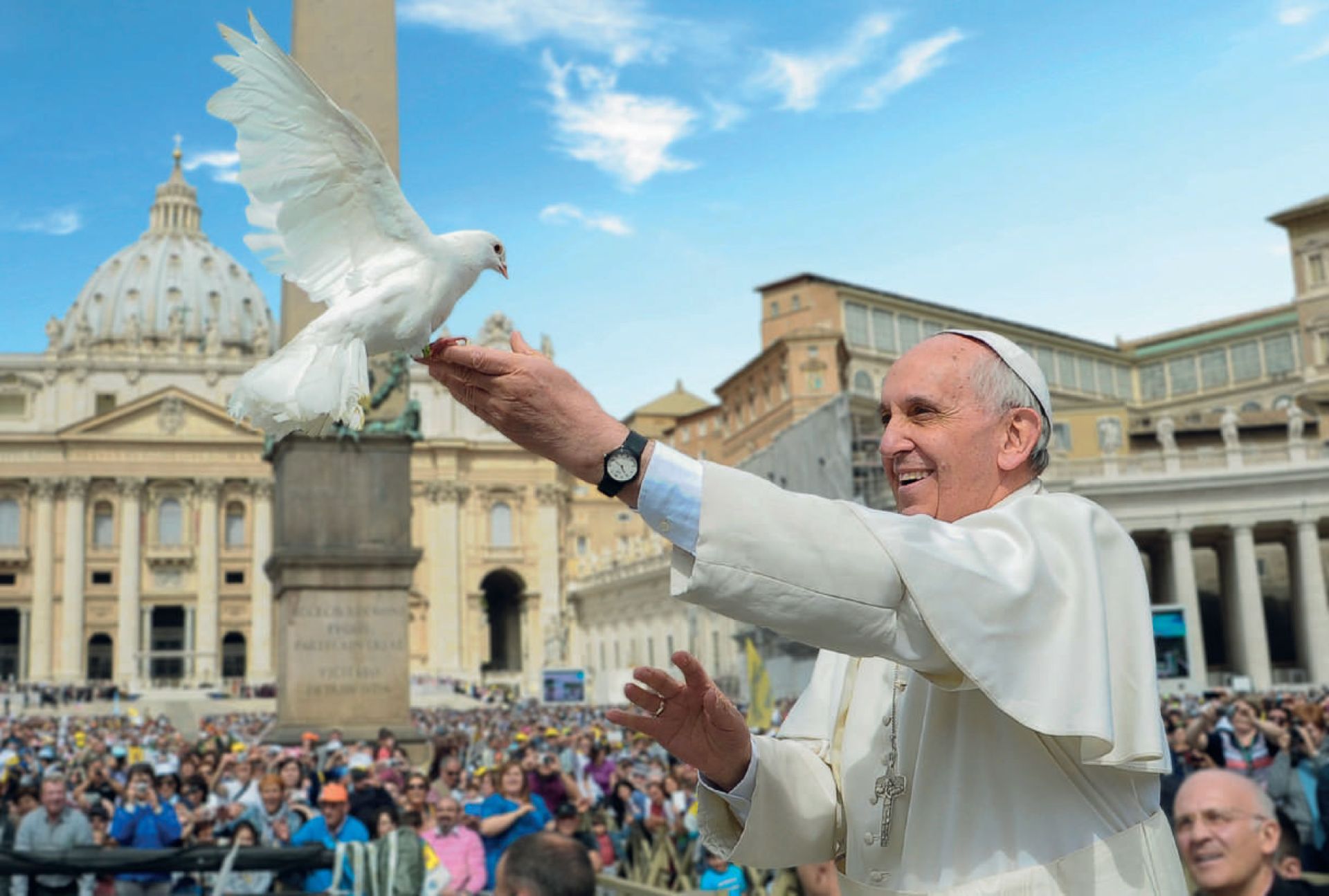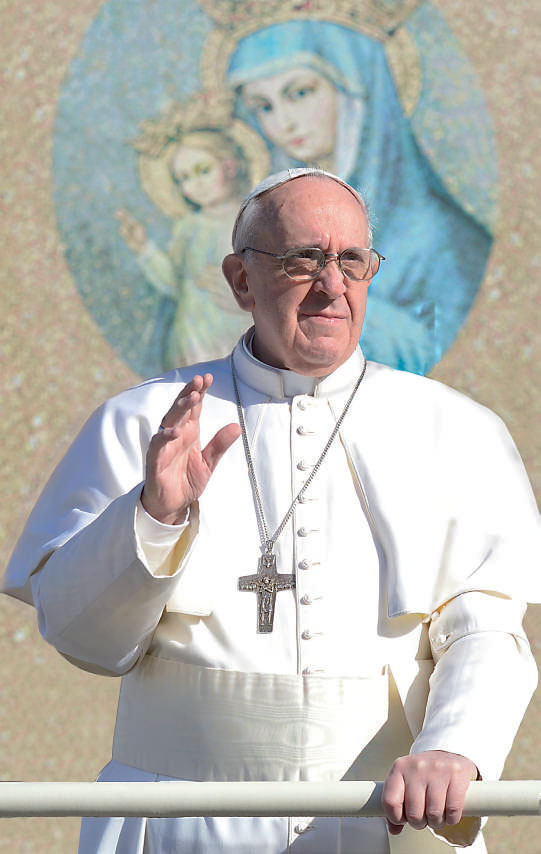Features/Special

Farewell, Pope Francis
Rome in a time of mourning and Hope
It’s a special month for all those visiting Rome: amid solemn farewells, ancient rituals, and the hope of a new beginning, the Eternal City is going through a historic moment. For centuries, the death of a Pope has been an important event not only for the Catholic Church, but for the world in its entirety. On Monday, April 21 (Easter Monday), Cardinal Kevin Farrell announced the passing of Pope Francis. With his death, an extraordinary chapter in contemporary history comes to an end: Jorge Mario Bergoglio was the first Jesuit pope, the first from South America, and the first to take the name Francis, in memory of St. Francis, the patron saint of poverty, peace, and nature. This pope will be remembered not just for these “firsts,” but for the spirit at the heart of his pontificate: Francis envisioned a Church that meets, listens, welcomes. He revolutionized the language and gestures of the Church, discarding pomp in favor of simplicity and brotherhood. His encyclicals Laudato Si’ and Fratelli Tutti will remain the cornerstones of his teaching, which spoke to believers and non-believers alike and called for a new global pact for the environment, justice, peace, and the protection of the common good.
An ancient rite, seen anew
Pope Francis’s funeral was held on the morning of Saturday, April 26 at St Peter’s Basilica. The ceremony — simple, yet deeply moving — followed the new guidelines of the Ordo Exsequiarum Romani Pontificis, a funeral rite for popes that Francis himself commissioned and published in 2024. Compared to past funerals, the rites have been simplified, allowing for greater clarity and broader participation in bidding farewell.
Another major change from tradition regards Pope Francis’s place of burial: not in the Vatican Grottoes, like his predecessors, but in the Basilica of St Mary Major, in the heart of Rome. Pope Francis made this wish to express his profound devotion to the Madonna Salus Populi Romani, to whom he prayed before and after every apostolic journey. The path to a new Pope: inside the Conclave If you are in Rome in May, you’ll be witnessing one of the most fascinating and secretive events in the life of the Church: the Conclave, in which the cardinal electors gather in the Sistine Chapel to choose the next successor of Peter. To allow for the proceedings to take place, the Chapel will be closed to visitors until the end of the Conclave, expected to begin between May 10 and 15. The cardinals will enter into seclusion in a spirit of silence and prayer, away from the outside world. Each day, from the chapel, smoke signals will rise: black, if no decision has been made; white, when the new Pope has been elected. St Peter’s square will fill with thousands of pilgrims and onlookers who hope to witness the historic announcement, Habemus Papam.
Visitor information
The Pope’s passing and the accompanying rites will inevitably affect the visitor experience in the city. Here’s what you need to know:
- Sistine Chapel: closed to the public until the end of the Conclave. Some areas of the Vatican Museums may also see schedule changes.
- St Peter’s Basilica: limited access in the days immediately before and after the funeral.
- St Peter’s Square: likely to be very crowded and subject to enhanced security. We recommend arriving early if you wish to attend any events.
- Basilica of St Mary Major: restricted access during the period of burial preparations.
- Transport and Security: expect temporary closures and diversions, especially around the Vatican area. For updates, check the official Jubilee 2025 website, iubilaeum2025.va
A Jubilee that carries on
The Jubilee of Hope, launched with great enthusiasm in January, continues despite the current circumstances. Some events — such as the canonisation of Carlo Acutis — have been postponed, but the flow of pilgrims has not ceased. The tone is more solemn, the hearts more reflective — but this too is a face of hope: one that knows how to mourn, to wait, and to begin again.

A living legacy
For those visiting Rome during these weeks, it will be impossible not to feel the sense of transition. The city is suspended between the silence of mourning and the tremor of anticipation. Bells tolling, crowds in prayer, pilgrims walking the cobblestones: everything speaks of a legacy that does not die, but takes root and grows. Francis, the pope who called himself “a brother,” leaves Rome with a living legacy, one that anyone can perceive, even just by walking its streets. In the end, this is the heart of the Eternal City: a faith that spans the centuries, a hope that never fades, a love that renews itself.
Welcome to Rome — in a time of mourning. Welcome, in a time of Hope.